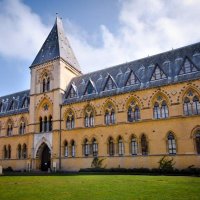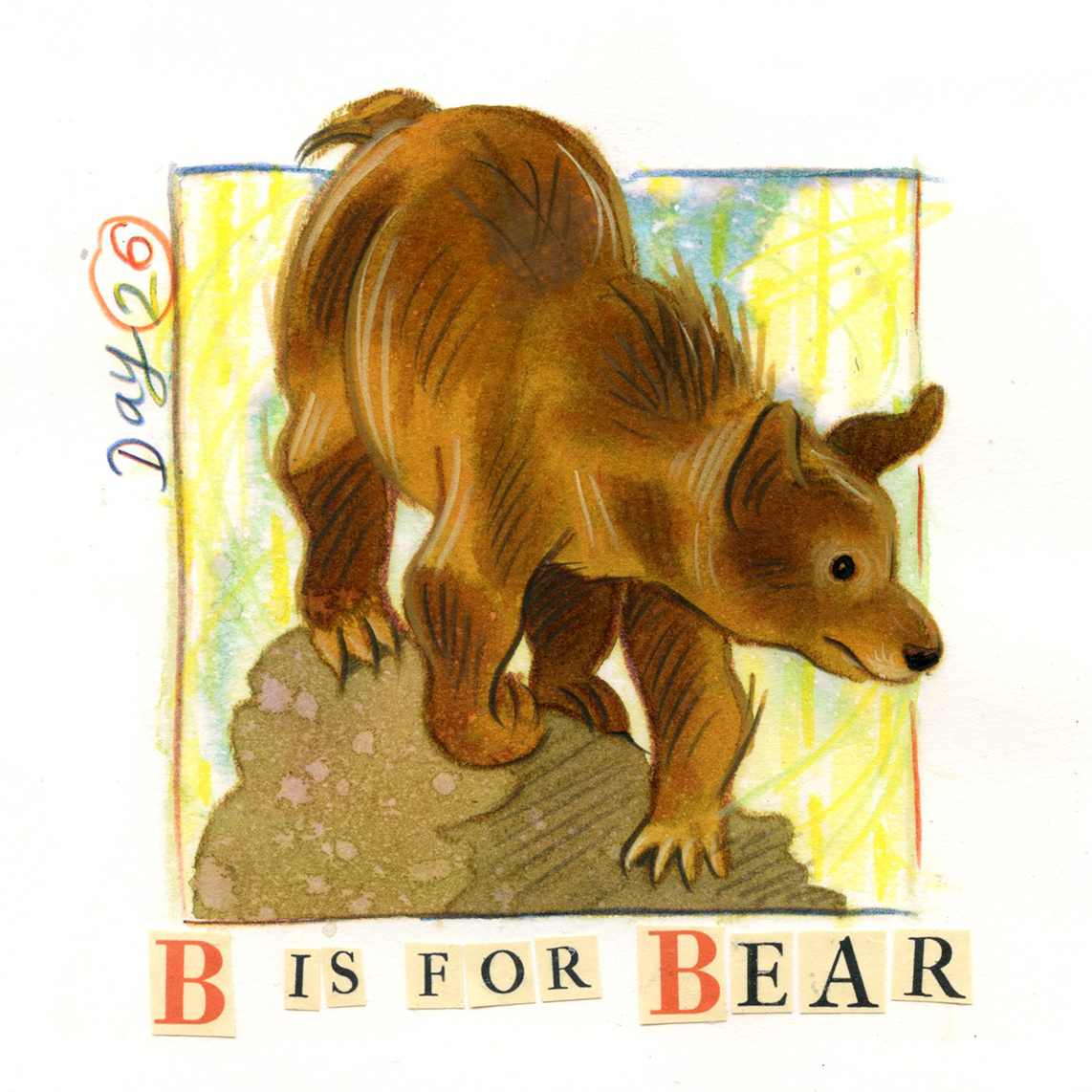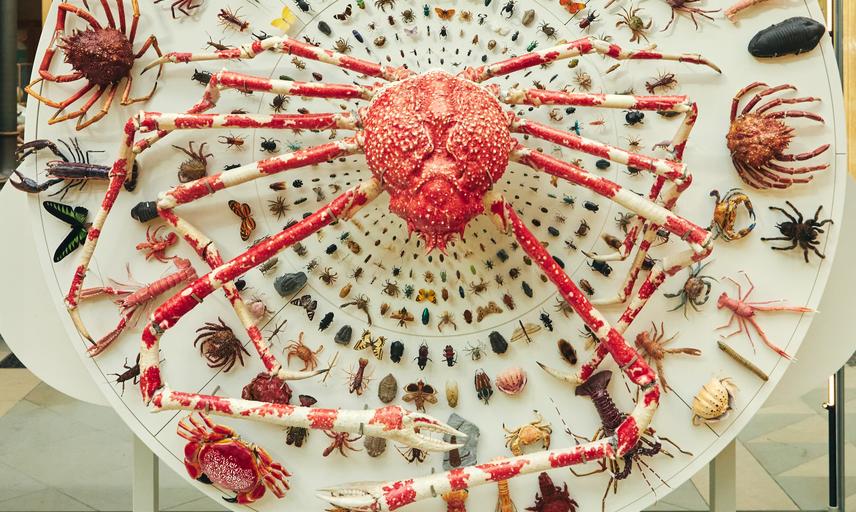
Oxford University Museum of Natural History
@morethanadodo
Official Twitter of Oxford University Museum of Natural History, a stunning Victorian building home to 7 million objects. Free entry, open 10-5 every day.
ID: 1261637024
https://linktr.ee/Morethanadodo 12-03-2013 10:16:14
17,17K Tweet
49,49K Followers
754 Following


The Alphabestiary of Badly Stuffed Animals: Bonus Beasts: Day 26, B for Bear. This one's at the Oxford University Museum of Natural History and gets stroked A LOT. #Quinktober2024 #Inktober2024




Day 4 of #Museum30 is on #Habitat. I was super impressed with Oxford University Museum of Natural History's new displays, including this incredible case on biodiversity. Animals have evolved an incredible diversity of scale, allowing them to adapt to many habitats and find different ways of making a living.




Our exciting composition competition closes on 22 November. Have your work performed at Oxford’s Museum of Natural History, Oxford University Museum of Natural History, and win £1000. Plus: dinosaurs! 🦕🦖 Full details at oxfordchoir.org/breaking-ground




























